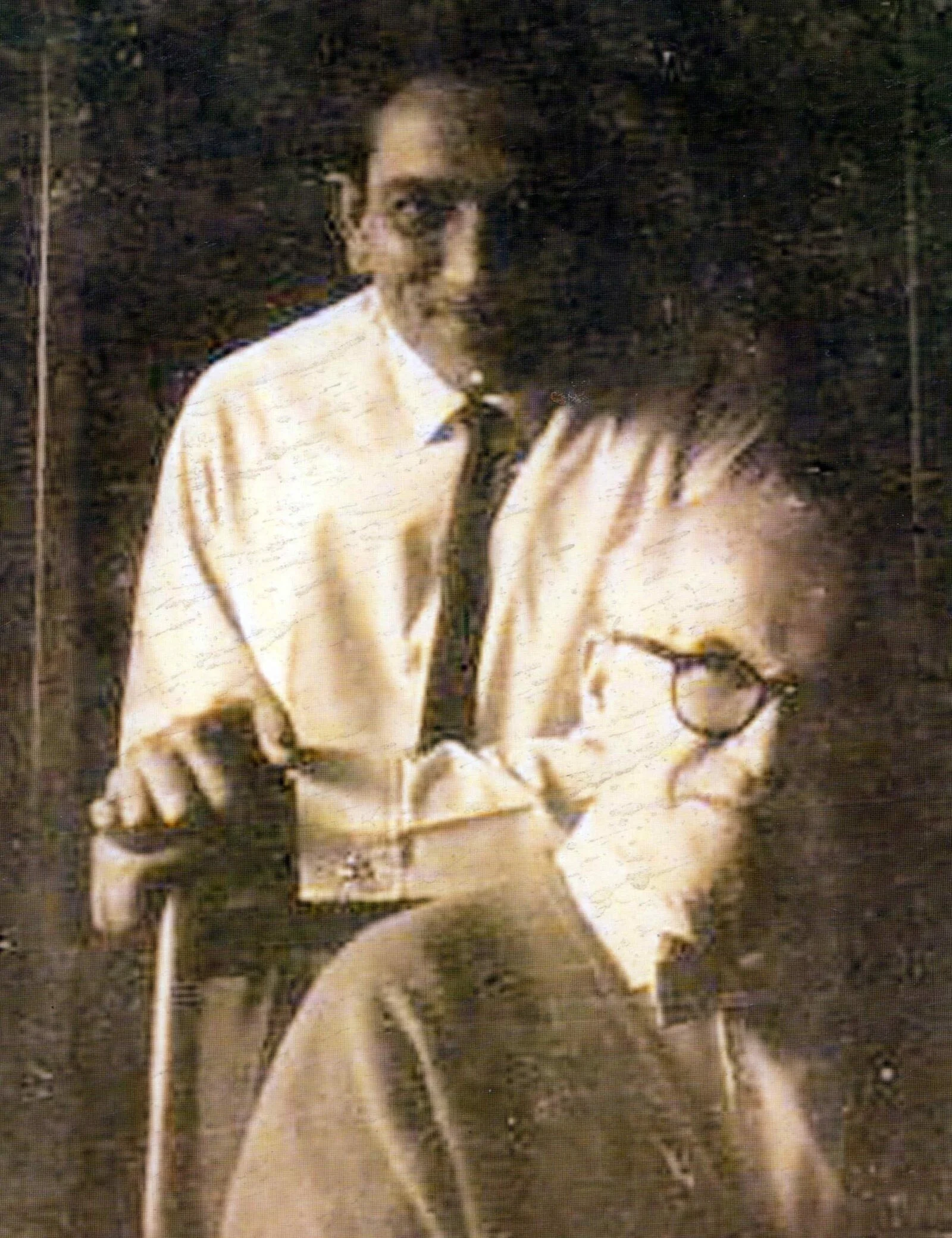
Introducing Ar. S.D. Sharma is like doing a script of a motion picture. Torn through the partition days, virtually with no resources Ar. Sharma enrolled himself in the team of Architects in the Capitol project of Chandigarh. By the dint of his shear hard work, he rose to assist Le Corbusier and P.Jeanneret in the projects specially the Museum in Chandigarh.
His creative potential was evident right from the beginning his thesis was considered exemplary by the jury. The fact that Le Corbusier's museum was handed over to him for completion speaks of the person‟s potential, drive and enthusiasm for the built form.
His popularity amongst his contemporaries is evident from the many certificates and interesting notes which have been written to him over the past almost 50 years of his career.
Adopted and Extended the philosophy of Modernism by Le Corbusier and Pierre Jeaneret an idioms of a hybrid thinking. The pure architecture and rational thoughts, building for the purpose these are meant with no superficialities, pure and honest expression, glorifying brick and cement chosen as versatile materials, to depict architectural expression for a very noble-aesthetic reasons.
This was the defining formative period of Sharma’s career, where he learnt the art and craft of Indian modernism in the very laboratory where it was being developed. Learning how to design for the climate, using local, readily available materials, with absolute honesty and directness were lessons that were to stay with Sharma through his long career to come. In this sense, the Chandigarh Capital Project Office in Sector 19, which Sharma, much later would come back to conserve and preserve, was the true school of architecture of his career.
For Sharma, working as Chief Architect for ISRO had an exciting opportunity to explore and design major campuses in different parts of the country; a very satisfying chapter of his career. The diverse locations of projects necessitated finding appropriate local ways of working, which ranged from working with completely indigenous material and skills to deploying totally prefabricated components in isolated, island locations such as Car-Nicobar. Professional expertise included exposure to sophisticated services catering to the complex needs of space technology, use of different kinds of power and energy, magnetic shielding, creation of clean areas, precision control of humidity, temperature, noise, vibrations, etc.
After taking voluntary early retirement from ISRO to join Nigeria to do two sectors in Abuja, New capital of Nigeria but because of the coup, Shivdatt Sharma returned to Chandigarh to set up his own practice. In private practice, Sharma has had the opportunity to design a diverse range of projects from a small Bamboo Museum to massive science and health institutes. He has done both public and private projects and has encountered the patronage of clients with very limited budgets and those with more lavish. Throughout, Sharma had maintained his affiliation with the dictates of an Indian modernism, which exploring a fuller range of possibilities in dialogue with the desires and expectations of the clients.